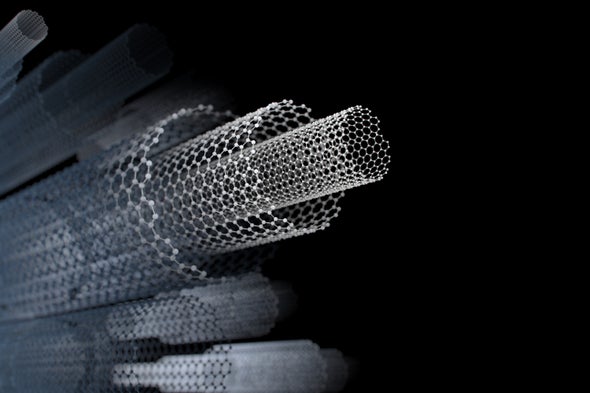Hidden Particle Interactions Exposed by Peeling Layers of Graphene
Published: 8 September 2021
Research from University of Glasgow's Dr Robert Bennett has been featured in Scientific American.
When a highly charged ion passes near or through a solid, it steals electrons from it in order to neutralise itself. An exact description of how this happens remains computationally out of reach since so many electrons are involved, though analysis of the timescales involved suggests a prominent role for an ultrafast process known as interatomic Coulombic decay (ICD).
A new experiment in Vienna sheds light on this process by passing highly-charged ions through one, two or three stacked graphene layers, producing quantitative relationships between the ion velocity, the number of graphene layers and the number of captured electrons. These relationships were theoretically justified and explained in collaboration with the University of Glasgow by using a novel description of ICD.
The theory borrows techniques from the study of Van der Waals forces to produce reasonably simple results for the ICD rate at a wide range of ion-surface distances, avoiding the complex many-electron problem and allowing the Vienna experiments to be explained. Such increased understanding of the processes involved in ion-surface neutralisation may have applications in cancer treatment, as well as a wide range of materials science techniques.
The research, which involved Dr Robert Bennett from the University of Glasgow, has been featured in Scientific American and you can read more by following the links.

First published: 8 September 2021
<< News

